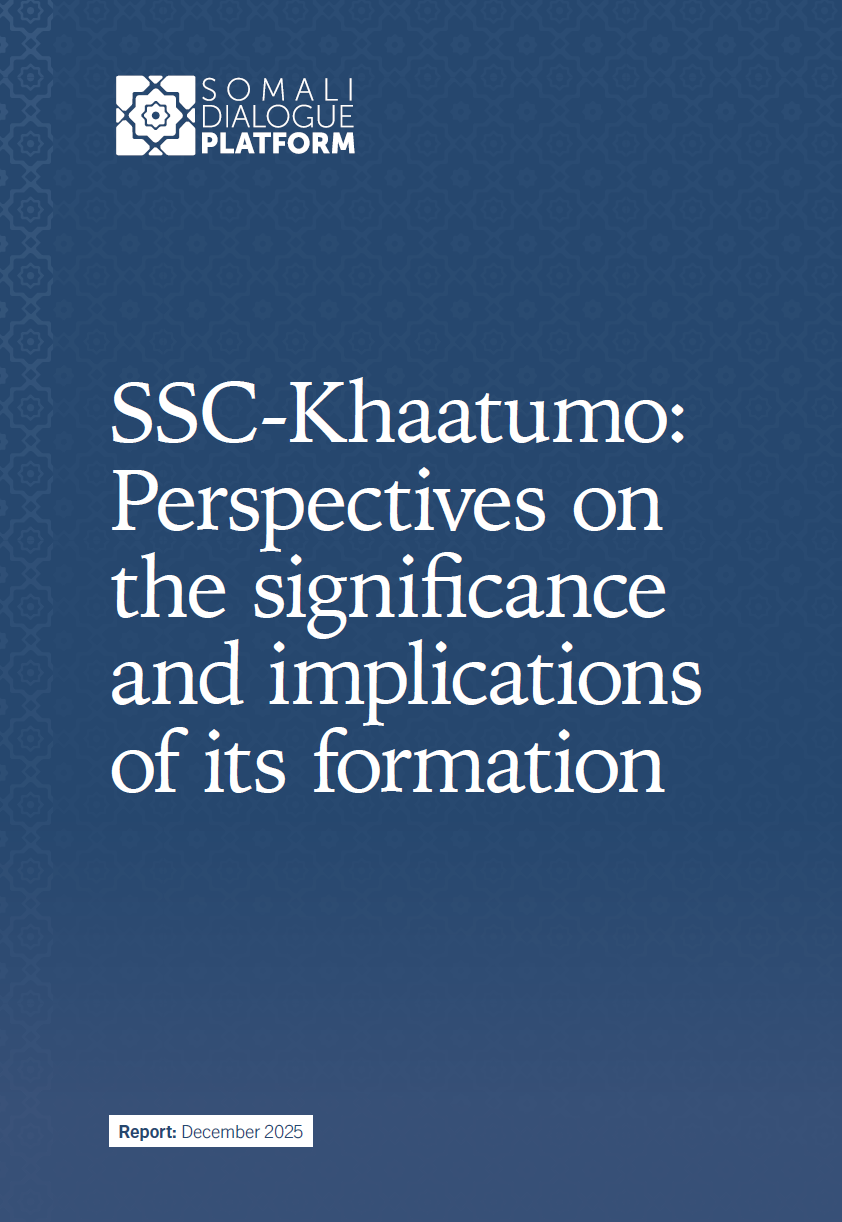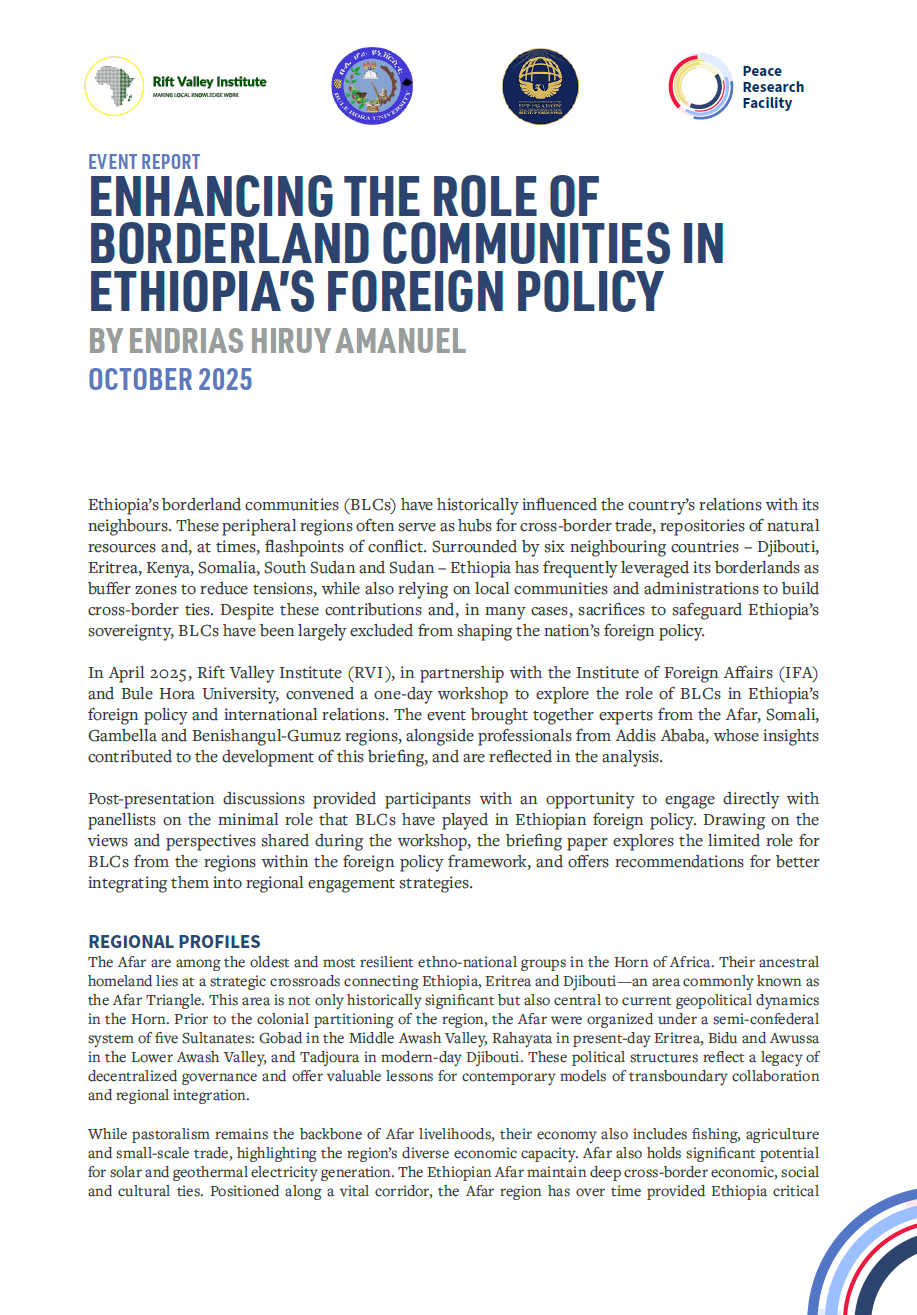Inter-communal violence, cross-border conflict and insecurity in various parts of north-eastern Kenya in recent years have led to the loss of lives, properties and livelihoods. The common view is that these episodes of violence are associated with water and pasture resource scarcity. However, some analysts point to other important drivers of conflict, such as unequal development, the spill over of conflicts from across Kenya’s borders in Somalia, Ethiopia and South Sudan, and the prevalence of small arms.
Members of Kenya’s parliament (MPs) have been playing an increasingly active and constructive role in helping contain the situation. For instance, in Mandera County, political leaders brokered a peace agreement between the Garre and Degodia communities in July of this year—a conflict that had implications for national and regional security.
On 27 September, the Rift Valley Institute together with ROAD International hosted a panel discussion on conflicts in Kenya’s north-eastern counties of Mandera, Garissa, and Wajir. The forum brought together a distinguished panel of northern Kenya MPs, chaired by Ms Gabriella Waaijman, Deputy Head, United Nations Office for the Coordination of Humanitarian Affairs (UNOCHA) in East Africa. The meeting examined the drivers of conflicts in northern Kenya and their humanitarian and development implications. Drawing on the example of the Kenyan MPs intervention in Mandera, the meeting also focussed on the options for sustainable peace and ways in which local, national and international actors working in the arid and semi-arid lands can better engage with social and development processes. There is a meeting report available here.



